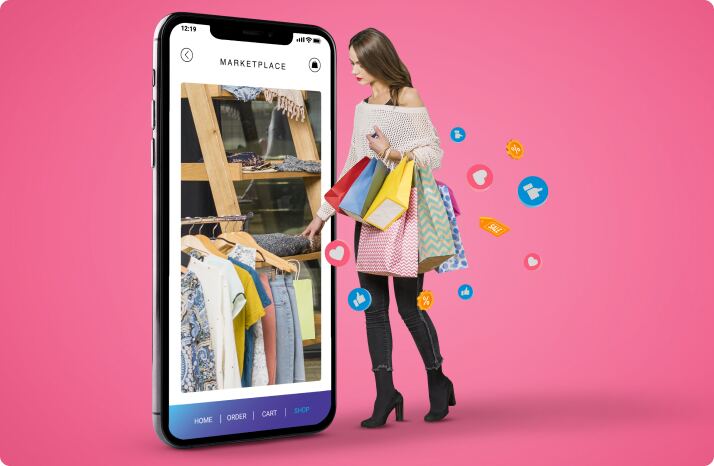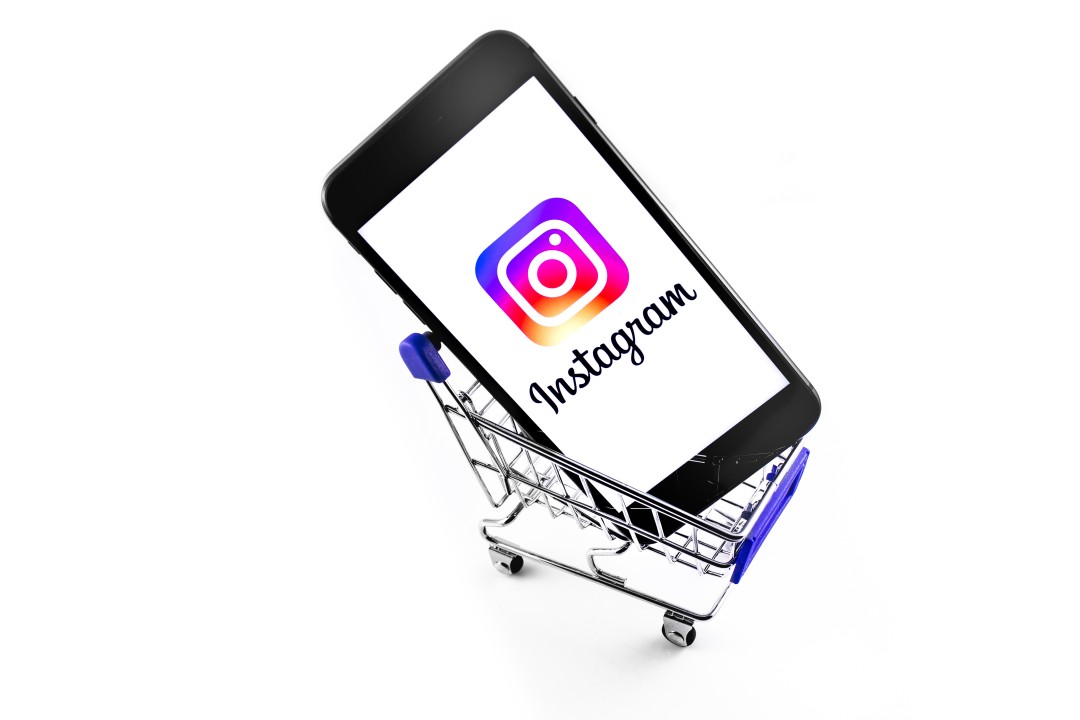Instagram has evolved from a photo-sharing platform into a powerhouse for e-commerce. With over 1 billion users worldwide, Instagram offers brands the perfect space to connect with audiences through visually appealing content. One of its most compelling features for online sellers is Instagram Shopping. This tool allows businesses to create an immersive storefront on Instagram, enabling users to discover, explore, and purchase products directly through the app. If you’re an e-commerce business owner, tapping into Instagram Shopping can significantly boost your sales. Here’s how to get started and make the most of this feature.

1. Set Up Instagram Shopping
Before you can start using Instagram Shopping, you’ll need to meet a few requirements:
- Eligible Business: Your business must sell physical goods in a supported market.
- Instagram Business or Creator Account: Ensure you have a business or creator account, which offers tools and insights not available to personal profiles.
- Facebook Catalog: Instagram Shopping is powered by Facebook, so you’ll need to link a product catalog via Facebook Business Manager or integrate with platforms like Shopify or BigCommerce.
Once you’ve met these prerequisites, you can submit your account for review through the Instagram app by navigating to Settings > Business > Set Up Instagram Shopping.
2. Tag Products in Your Posts and Stories
One of the main features of Instagram Shopping is the ability to tag products in your posts and Stories. This turns regular content into shoppable posts, allowing users to click on the tags and view product details like price and description.
Posts:
When you upload an image, select “Tag Products” and choose from your catalog. Users who tap on the tag will be taken to a product page with a link to your website where they can complete their purchase.
Stories:
Instagram Stories are highly engaging and have a massive reach. You can also tag products in Stories, allowing viewers to swipe up and shop directly. Consider using stickers to make the tags more appealing and interactive.
3. Create Shoppable Reels and Videos
Reels and video content continue to grow in popularity on Instagram. Use these formats to showcase your products in a dynamic, engaging way. Whether you’re highlighting product features, creating tutorials, or showing behind-the-scenes looks, Reels provide a fun way for users to shop directly from video content.
To make your videos shoppable, you can tag products just as you would in regular posts. This brings an added layer of interactivity to your content, making it easier for users to transition from viewing to purchasing.
4. Utilize the Instagram Shop Tab
The Instagram Shop Tab, found on the app’s navigation bar, is a dedicated shopping destination for users. By setting up Instagram Shopping, your products can appear here, giving your store greater visibility among users browsing for new products.
You can customize your shop by creating collections or themed product groups. For example, seasonal collections, featured products, or bestsellers. Tailoring your Instagram Shop makes it easier for users to discover items that align with their preferences.
5. Use Shopping Ads to Reach New Audiences
Instagram also allows you to promote your products through Shopping Ads. These are essentially Instagram ads featuring tagged products. With the vast array of Instagram’s audience targeting tools, you can promote your products to users most likely to convert.
To create Shopping Ads, choose a product post to promote, and customize your audience, budget, and ad duration. These ads can appear in the user’s feed, Explore page, or Stories, making it a versatile tool to reach potential customers who haven’t yet discovered your brand.
6. Leverage User-Generated Content (UGC)
One of Instagram’s strengths is its community of active users. Encourage your customers to share photos or videos of them using your products. When you repost user-generated content (UGC) and tag the products, you’re showcasing social proof. Potential customers trust the opinions of their peers more than branded content, and UGC serves as a powerful endorsement.
This strategy can also increase customer engagement and brand loyalty, as customers who are featured feel valued and more connected to your brand.
7. Optimize Your Product Descriptions and Hashtags
Just like any e-commerce platform, optimizing your product descriptions is key to increasing sales on Instagram Shopping. Ensure that your descriptions are clear, concise, and highlight important details such as sizing, material, or unique features.
Additionally, using relevant hashtags can help you reach a broader audience. When someone searches for a specific hashtag, your shoppable posts have the chance to appear in the search results. Include both trending and niche-specific hashtags for maximum exposure.
8. Analyze and Adjust Your Strategy
Instagram Shopping comes with built-in analytics that allows you to track metrics like product views, clicks, and conversions. By regularly reviewing these insights, you can determine what’s working and what needs improvement. Pay attention to which products are generating the most interest and which content formats drive the most sales.
Test different strategies, from product tags in Stories to paid ads, and see which combination boosts engagement and conversions the most. Use this data to refine your approach and continuously optimize for better results.
Conclusion
Instagram Shopping is a game-changer for e-commerce businesses looking to boost sales and engage with their target audience. By tagging products in posts, creating shoppable videos, leveraging user-generated content, and utilizing ads, you can turn Instagram into a high-conversion sales channel. With the right strategy, this visual platform can become a vital part of your e-commerce success.


No responses yet